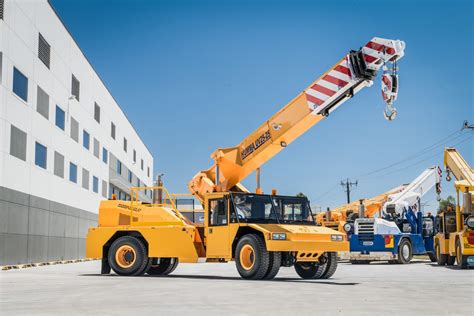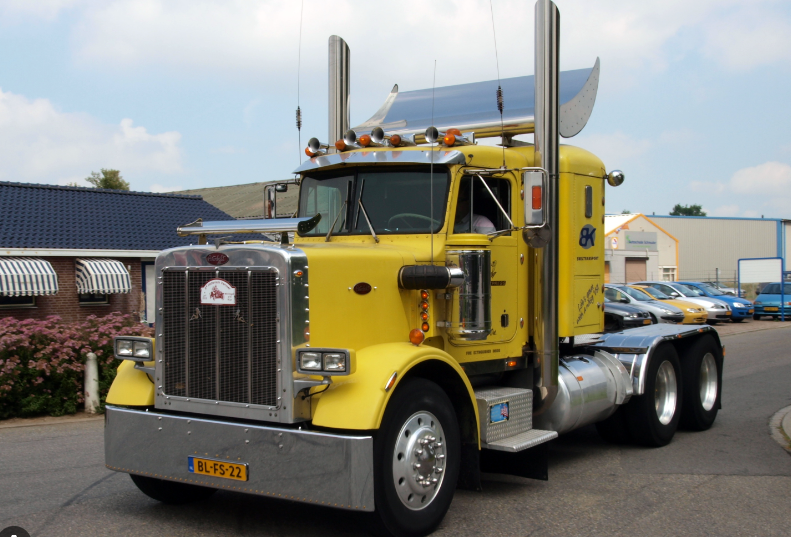Introduction to Signaling a Crane Operator
Working with cranes is not a job to take lightly, and proper communication between the crane operator and those on the ground is crucial for safety and productivity. For that reason, a designated person, known as a signaler, is often tasked with communicating with the crane operator. In this article, we will discuss the steps involved in signaling a crane operator.
Choose the Appropriate Signal
The first step in signaling a crane operator is to choose the appropriate signal. Signals can be made using hand signals, audible signals like whistles or air horns, or even radio communication. Hand signals are the most common method of communication.
Master the Hand Signals
Mastering hand signals is vital for effective communication with the crane operator. The crane operator and signaler need to agree on the specific hand signals to be used beforehand. The signaler then follows a standardized set of hand signals to communicate with the crane operator.Some common hand signals include:
- Extend arm forward and back with index finger pointing upwards: Raise the load
- Extend arm forward and back with index finger pointing downwards: Lower the load
- Move arm in a circular motion: Swing the load left or right
Understand the Crane Operator’s View
The signaler needs to understand the crane operator’s view from the cab to ensure that the signals are visible and clear. The signaler should position themselves in a location where they can clearly see the crane operator, and the crane operator can clearly see them.It is essential to remember that the signaler should never stand under the load or near the crane’s swing radius as this can be extremely dangerous. The signaler should keep a safe distance and only approach the crane when it is safe to do so.
Use Clear and Concise Communication
Effective communication is the key to signaling a crane operator successfully. The signaler must use clear and concise language to communicate with the crane operator. The signal should be conveyed in a calm and collected manner.It is also crucial to ensure that the crane operator acknowledges each signal before proceeding. The crane operator should only begin to move the load once they receive a clear signal from the signaler and confirm that they understand it.
Conclusion
Proper communication between a signaler and crane operator is essential for safe and productive crane operations. Knowing the correct signals, understanding the crane operator’s view, and using clear and concise communication can go a long way in ensuring that operations run smoothly, and everyone is safe. As a signaler, it is your responsibility to communicate effectively and ensure that all signals are acknowledged and understood before proceeding.












